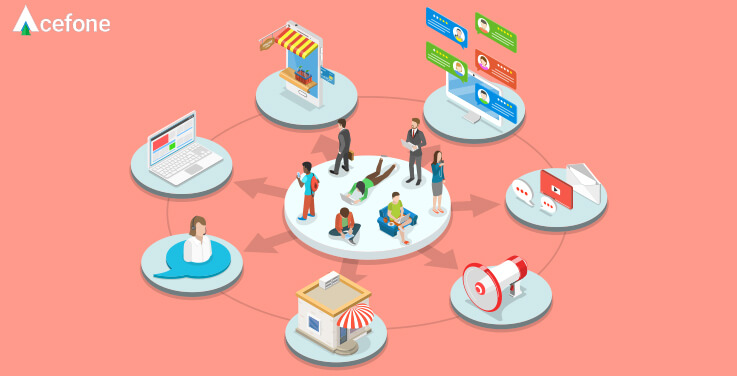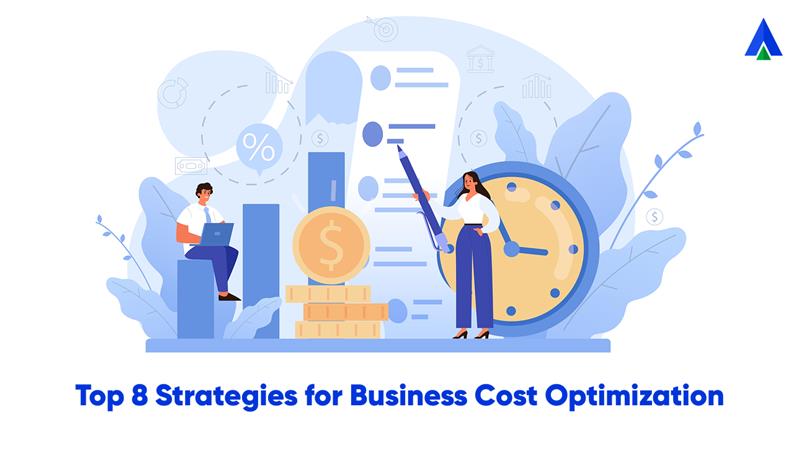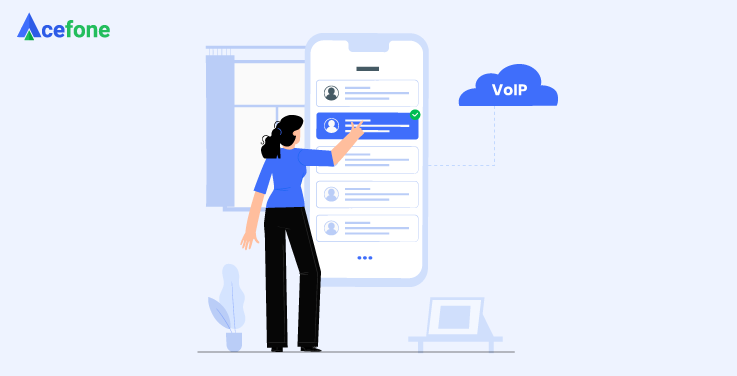As a customer, we have all waited in lines.
Whether it is for grocery shopping, check-ins at airports, or transferring money to the bank—we all queued up, sometimes for longer than expected.
The picture isn’t very different for customer support either.
Customers often experience long wait times before they’re connected to an agent, resulting in frustration and a high number of abandoned calls. As per studies, nearly 55% of customers deemed long wait times the most frustrating aspect of a bad service experience.
And nearly 58% of customers said they would switch to a new brand after one bad experience.
So, it isn’t hard to conclude the impact that long wait times have on the customer experience (CX) your brand delivers.
Fortunately, businesses can rely on the call queue feature to eliminate the issue of long hold times.
The call queue feature informs callers about their position in the queue and sets their expectations accordingly. The auto-attendant feature then assures the callers that the next available agent will connect in just a few minutes.
Let us learn more about call queuing before we head on to its benefits.
What is call queuing?
The word ‘queue’ essentially means ‘in line’.
A call queue is like a virtual line where callers wait before an agent is assigned to them. They are organised on a first-come, first-serve basis, in the order that they called your business.
While tools like call analytics help predict the influx of call volumes and minimise wait time, the call queue tool saves the day during peak seasons or hours.
The chances of a customer dropping off reduce significantly when they are assured that an agent will be with them soon. This prevents frustration call abandonment, negative social media reviews, or customers switching to a competitor.
While your agents are occupied, you can play customised greetings and melodious music to engage callers. Not just that, you can even announce important updates to communicate new offers, products or discounts.
If the customer does have to wait longer than expected, you can deploy the queue callback feature. It allows the next available support agent to call them back at a time of the customer’s choosing.
Benefits of call queuing
The call tool, offered by most modern business communication service providers, helps your business manage call flows in the following ways.
-
Position in queue
There are instances when agents are stuck on lengthy calls whereas during others, it hardly takes them minutes to resolve a problem.
Call queue management informs callers about average wait time based on average resolution time and the number of users in the call queue. It tells them if the queue is full and the duration left before an agent can connect with them.
Customers can also request a call back from an agent when one becomes available at a time of their convenience.
Customers tend to be more patient and less likely to hang up the phone when they know about their place in the queue and are given the option to wait or request for a callback.
-
Improves agent productivity
The call queue feature is a win-win for both agents and customers. When calls are distributed evenly amongst a group of agents, it reduces their workload, improves their efficiency, enhances job satisfaction, and offers speedy customer service.
Thus, a proper call queue management system helps businesses with both—the customer churn rate and employee turnover.
Without the need for constant call transfers, agents get more time to fine-tune their sales pitches and work on the part of the job they enjoy. It directly results in improved productivity, employee satisfaction, and retention rates.
Thus, a proper call queue management system helps businesses with both—the customer churn rate and employee turnover.
-
Decreases call abandonment rate
Call abandonment occurs when the influx of calls is very high. Organising callers into queues is a great way to reduce abandonment.
Validating customer information during these wait times reminds customers that you are interested in resolving their queries. Another way would be to use personalised music or message features to ensure that callers are engaged until they get connected to an agent.
-
Prevents agents from missing calls
A call queue prevents missed calls from becoming missed revenue.
Used in conjunction with the queue callback feature, it ensures that agents do not lose track of any leads, even when they are unavailable.
It offers features like music on hold, pre-recorded custom messages, and a callback from agents without losing their place in the line, making waiting on-hold a slightly more pleasant experience.
In addition, callers can be made aware of expected wait time, other self-service options for FAQs, or the ability to escape their current queue and get redirected to an alternate one.
Call queues can’t replace live interactions, but they can supplement the latter by automating common questions that take up an agent’s time. This improves agent productivity and prevents them from missing out on potential leads.
The bottom line
No customer likes to wait in line.
The call queue is a smart feature that organises inbound callers into a queue and informs them about estimated hold times.
It helps reduce call abandonment while improving first call resolution rates. Additionally, it ensures an even distribution of workload, allowing your agents to serve customers more efficiently and personally.
Essentially, call queuing saves the time of both parties involved and improves overall customer satisfaction.
If you want to add the call queue feature for your business phone systems, you can get in touch with our experts at 1888-859-0450 or drop us an email at [email protected].







































